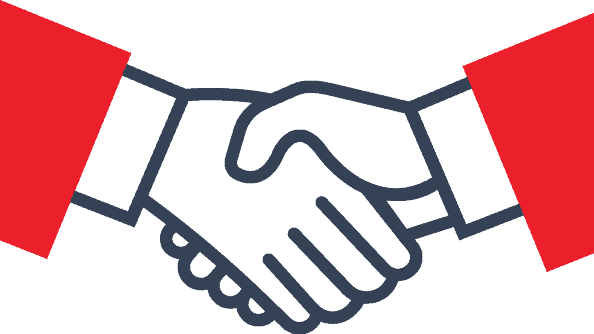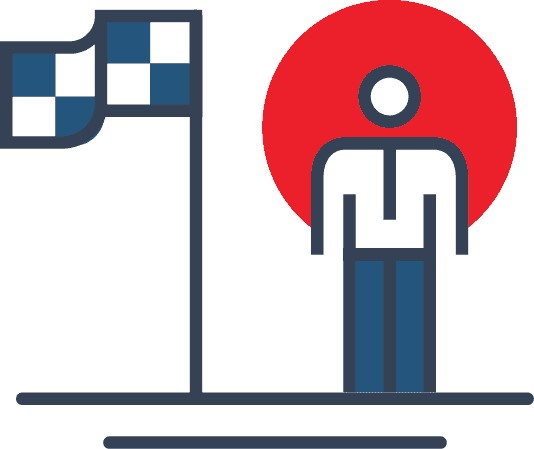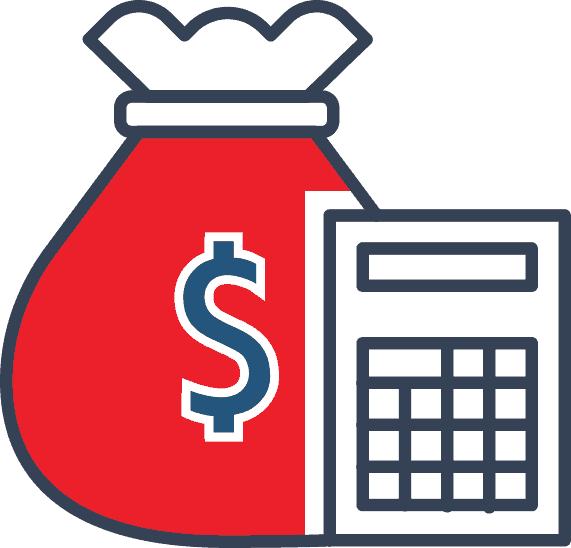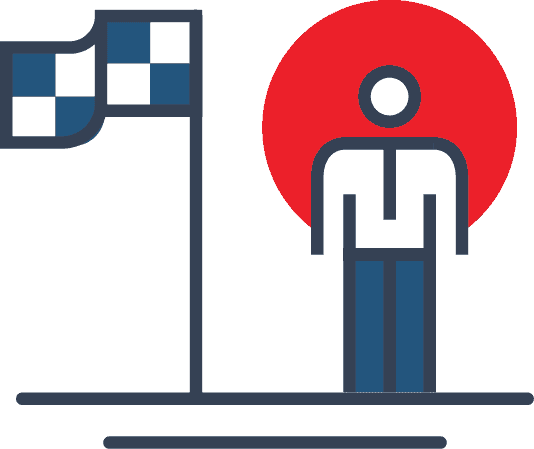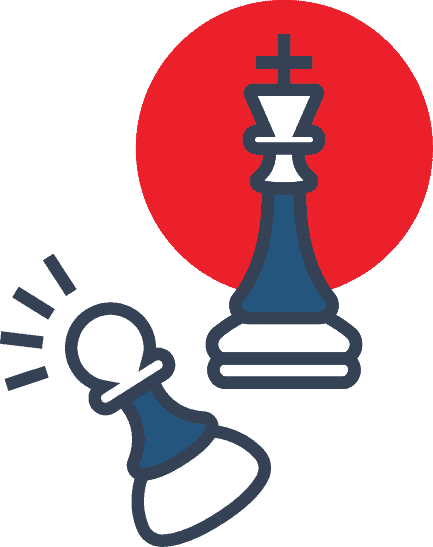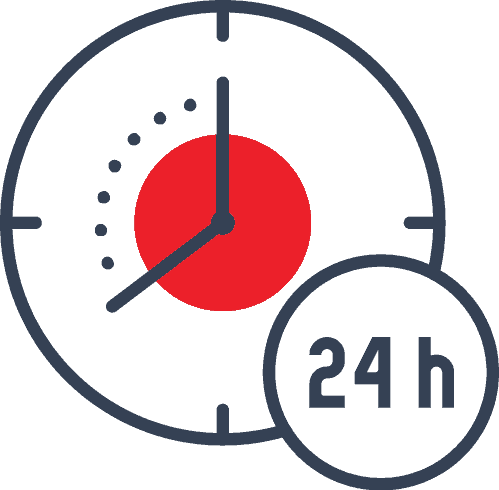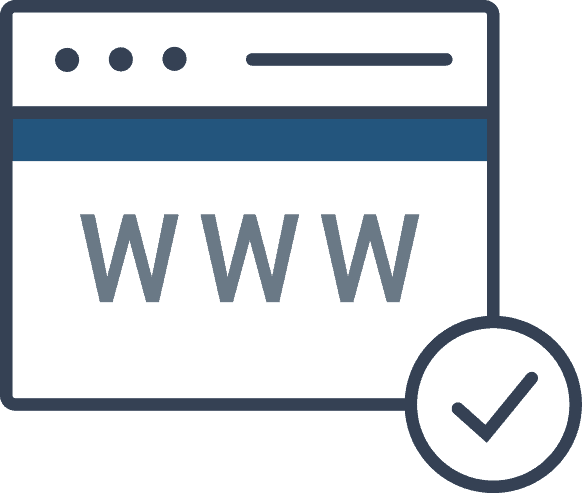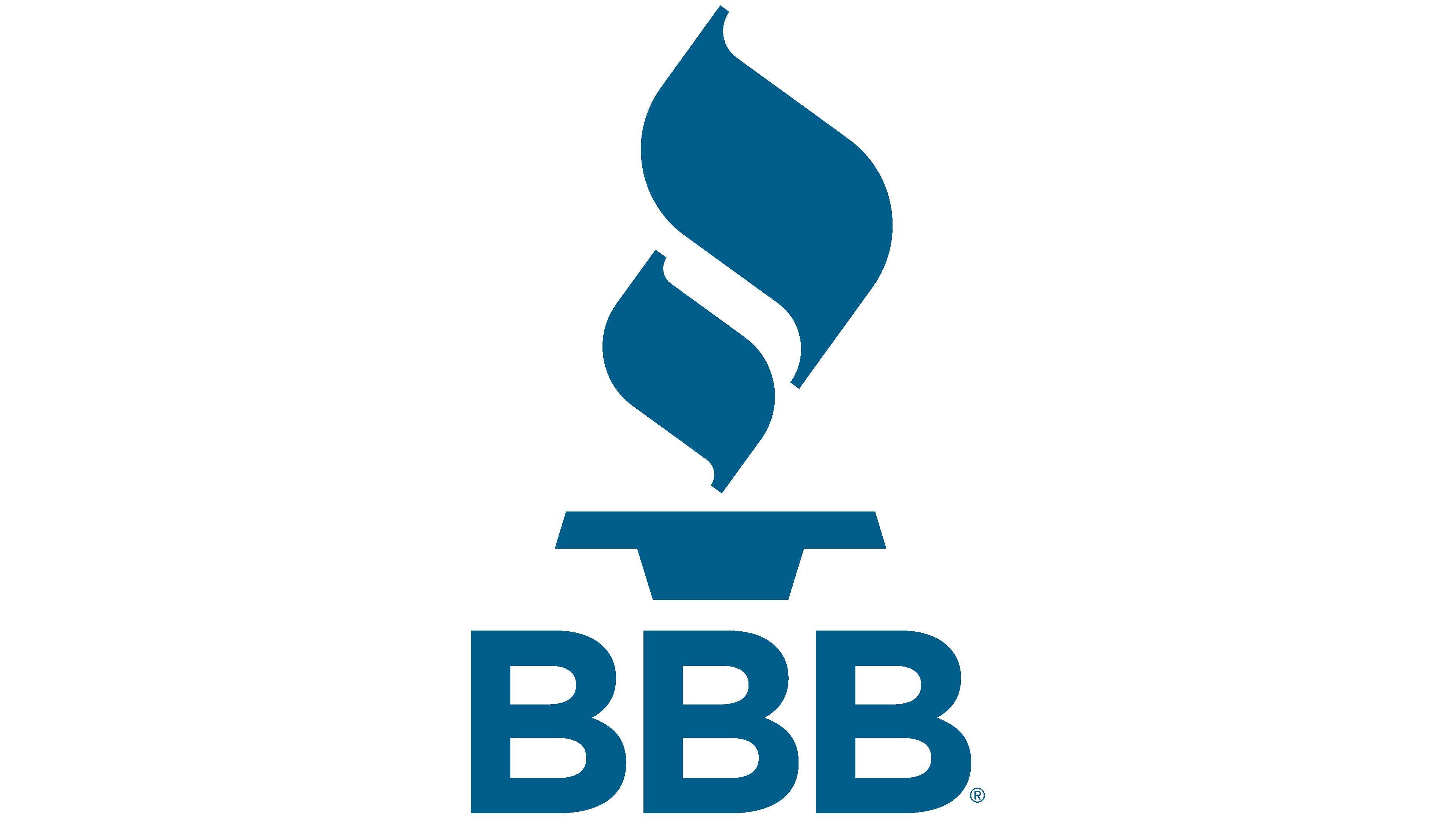Communication today is harder than ever. Consumers are torn in multiple directions by smartphones, television shows, and of course, their daily lives. Capturing your customer’s attention has never been harder – or more crucial.
If your conversion rate is suffering, chances are so is your customer’s experience with your brand. You haven’t given your buyers a reason to open their wallets to you.
Finding the sticking point in your buyer’s journey and then improving on it is a constant race. You need to give your customers a better experience than anyone else, but where do you start? What do you do? How do you ensure you’re building a loyal base of consumers who will support your brand and return to buy from you over and over again?
The first step is to understand what happens when they seek out what you’re selling.
Research Your Buyer’s Behavior
Before you can understand what needs to improve, you need to know what your buyers are currently experiencing with your brand.
To find this out, tap into your marketing data. Login to Google Analytics and start digging. Specifically, you’ll want to look at the following metrics:
How are people finding you?
To know what your customers want from you, you must know what happens before they search for you.
To find your referral traffic, click on “Acquisition,” then “All Traffic,” then “Referrals.” This will show you where people were right before they clicked to your website.
Looking at your referral traffic will help you distinguish what a person was doing before they reached you and why they ultimately landed on your website.
For example, if you’re getting a lot of search engine traffic from mobile devices, people are probably looking for your business while on the go. However, if you’re getting the bulk of your traffic from Facebook, you’re probably attracting people who are interested in what you’re offering but might not be ready to buy.
What does the user experience look like on your website?
In Google analytics, you’ll find a flowchart of the visitors experience on your site.
To find this flow chart for your company’s website, click “Users Flow” under the “Audience” tab.
Here, you’ll be able to see the top pages where people land, the pages they click on next, and the pages where you’re losing the bulk of your visitors. This information is telling because it shows what people are looking for when they arrive on your website and whether you’ve answered their need.
Some pages will make sense to lose customers. For example, an order or contact page is usually the last stop for many buyers because they’ve completed their transaction. However, if you’re losing a lot of people off your sales pages, you have some work to do.
What pages are people landing on most often?
To understand what people are looking for when arriving on your website, you need to know your top landing pages. A landing page is the first page a person arrives on when visiting your site.
Drill down to your statistics by clicking on “Behavior” and “Site Content.” Here, you’ll find which pages are attracting the most people. This is the content people want from you. It’s here your visitors hope to have their questions answered.
Where are you losing potential buyers?
Take an equally close look at where you’re losing people by looking at the top exit pages. You can find these in Google analytics in the tab right underneath your top landing pages.
These pages tell you where you’re losing potential customers. It’s here that your customer experience suffers. People aren’t getting the information they need to buy. Improve these and you’ll see an increase in your conversion rates.
Publicize Your Customer Experience Strategy
Once you understand what your buyers are doing, it’s time to put together your customer experience strategy and publicize what you’re doing to make your buyer’s lives even better.
Creating a clear customer experience strategy is essential. It requires an in-depth look at what the customer goes through when deciding he needs your service, researching your offerings, and deciding whether or not to buy from you.
One company who has put a public strategy in place to observe this behavior is easyJet. This company has a specific board formed to exclusively focus on improving customer experiences both online and offline.
Online, easyJet has added pages to their website to discuss their customer experience plan. They’ve also produced videos to showcase what they’re doing behind the scenes to improve traveler’s experiences with their airliner.
By making their customer experience strategy public, they hope to improve their reputation as being a strong customer advocate. And through that approach, the company hopes to attract more travelers to fly with them.
Infuse Psychological Triggers Into Your Marketing Strategy
One element you’ll want to consider when creating your customer experience and marketing strategy is psychology.
Customers respond better to psychological triggers in marketing that make them feel good. These triggers, such as scarcity (making the buyer feel like he got in on a limited edition product) or reciprocity (making the buyer feel like he gave back to someone who helped him) have a dramatic effect on conversions.
Psychological triggers make people want to buy from your brand over others because your marketing ignites something inside of them. It makes people feel compelled to work with your brand because of the emotions you stir.
Humans are not logical beings. Strike an emotional chord with your prospects and you’ll see more eyeballs turn into profits.
Are You Doing Enough to Improve Your Customer’s Experience?
It’s not easy. To capture your customer’s attention and get them to buy requires due diligence on your part, thoughtful strategy and smart psychological nurturing. Your customers want to feel good about their purchase. They want to know their making the best decision when working with your brand. By following these steps, you can improve every phase of the buying experience to increase your conversion rates.
Want a second opinion on your customer’s experience? Contact us for a free business consultation.





